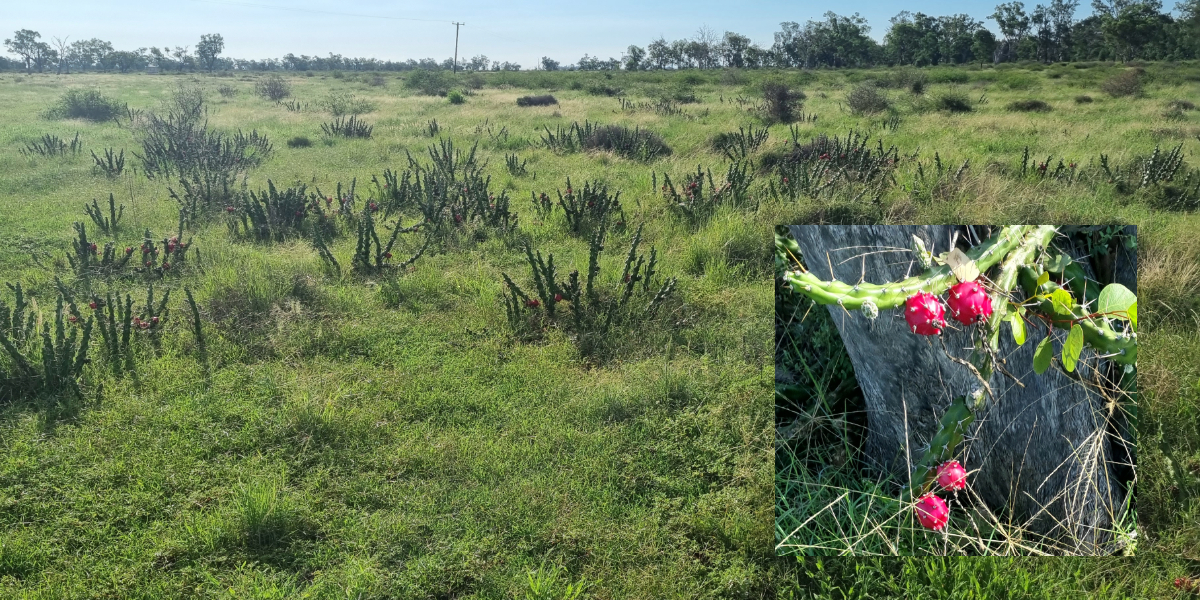Farmers have warned the march of a destructive cactus through NSW could be only the beginning of the state’s weed woes unless ongoing funding for weed control is secured.
Harrisia cactus was imported as an ornamental plant into Australia from South America in the late 1800s. Like so many of our most noxious weeds, no thought was given to controlling its spread. Like a lot of things, harrisia poked along at a very low infestation rate for 100 years. Then it reached a critical mass in Queensland, on the northern Darling Downs and the southern end of Central Queensland, around 7 years ago, and since then has exploded causing a significant threat for the health and welfare of the land, animals, and farmers themselves.
NSW Farmers’ Croppa Creek and North Star Branch Chair Richard Doyle said farmers in the north of the state have reported a drastic surge in harrisia cactus infestations as the destructive cactus continues to spread south from the Queensland border.
“This cactus has exploded due to recent good seasons,” Mr Doyle said.
“Its huge spikes can also injure animals and while farmers are doing everything they can to fight its spread, they cannot win this battle alone.
“Birds are spreading the cacti seeds in their thousands, while feral pigs and other animals are also scattering the seeds far and wide – it’s the perfect storm, and we are struggling to keep up with its spread.”
Harrisia cacti are low-growing, spiny cacti with white flowers and red fruit. The NSW DPI weed strategy documents indicate there are a lot of “knowledge gaps” for this particular weed, and lists fire as well as digging it out or spot spraying as a control strategy. It also says that 95% of the weeds survive common management strategies.
Herbicides and biocontrol from mealy bugs can help control the cacti, but Mr Doyle said containment would not be possible without serious and continued funding from the state and federal governments.
“We need a cross-tenure, cross-landscape approach to managing weeds that’s more intensive and coordinated than anything we currently have in place,” Mr Doyle said.
“This cactus is just one of thousands of invasive weeds that are costing farmers huge amounts of time and money to attempt to control, and we need real action – as well as real investment in research and control measures – if we want to get real results.
“Farmers are only the front line of these aggressive threats, and the problem’s only going to get worse unless we say enough is enough on weeds.”
Advertising with New England Times is a cost effective and reliable way to reach New England locals who are interested and engaged. Find out more here.


